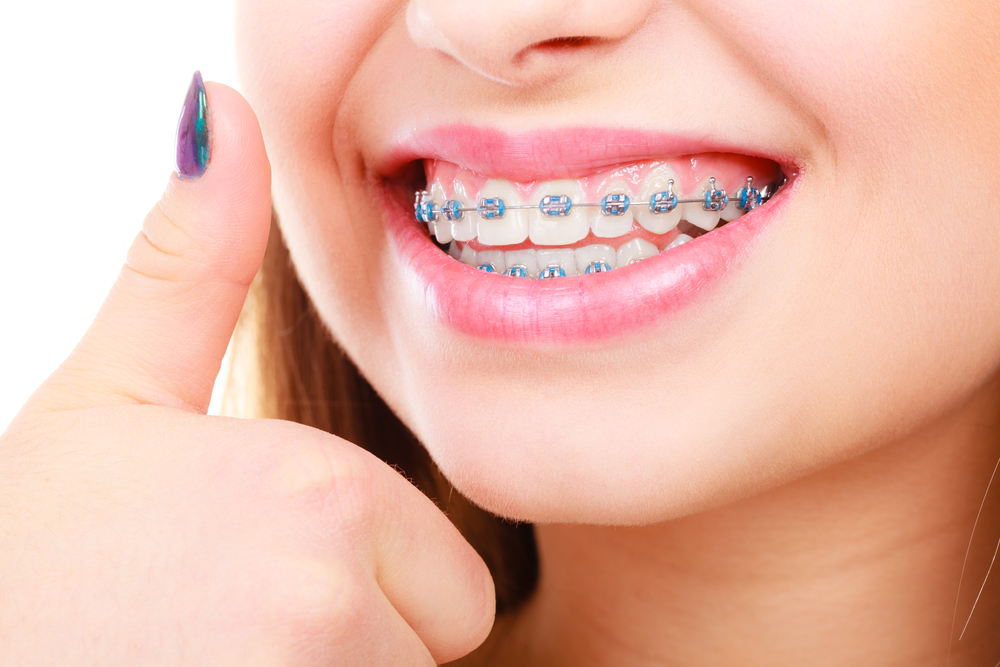Did you know that when your upper and lower jaw bones don’t align perfectly, you can end up with an uneven or crooked jaw? It’s true. This can happen due to a variety of reasons, including disorders of the temporomandibular joint (TMJ), dental issues like malocclusion, or even trauma.
The thing is, your misaligned jaw can cause all sorts of problems. From difficulty chewing and speaking to painful discomfort. The most common types of misalignment are overbite and underbite, where the upper and lower teeth don’t fit together properly.
If you are experiencing any of these symptoms or suspect you may have a misaligned jaw, it’s important to get it checked out and treated as soon as possible. In this article, we’ll dive deeper into the causes, symptoms, and treatments for jaw misalignment. So, stick around to learn more!
SIGNS AND SYMPTOMS
Signs of a misaligned jaw vary in intensity and can manifest in different ways. Here are some most recurring symptoms to be aware of:
- Headaches: You may experience frequent headaches as a result of jaw misalignment.
- Shoulder Pain: Discomfort in the shoulders might be connected to the misalignment affecting the jaw.
- Facial Swelling: Swelling in the facial area can be a noticeable symptom of jaw misalignment.
- Clicking Sounds: Clicking sounds when you move your jaw could be indicative of alignment issues.
- Facial Structure Changes: Misaligned jaws might lead to subtle changes in your facial structure over time.
- Limited Mouth Opening: Difficulty in fully opening your mouth may be a sign of jaw misalignment.
- Teeth Weakening: Misalignment could contribute to the weakening of teeth over time.
- Jaw Tightening: The jaw muscles may feel tight and strained due to misalignment.
- Gum Pain: Pain in the gums might be linked to the stress caused by a misaligned jaw.
It is important to pay attention to these symptoms and consult with a healthcare professional for a proper diagnosis and appropriate management.
COMMON CAUSES OF MISALIGNED JAW
Genetic factors and early childhood habits can play significant roles in causing a misaligned jaw. Additionally, various teeth alignment issues can contribute to jaw misalignment. Understanding the actual cause is essential for effective treatment. Let’s explore the primary causes of a misaligned jaw.
- Teeth Grinding (Bruxism): Bruxism, characterized by teeth clenching and grinding, can displace teeth and lead to jaw inflammation and crookedness.
- Temporomandibular Joint (TMJ) Disorder: Irregularities or misalignment in the TMJ, the joint connecting the upper and lower jaw, can contribute to an uneven jaw shape.
- Injuries: Accidents and sports-related injuries, especially in contact sports like boxing and football, are common culprits for jaw misalignment.
- Hereditary Factors: Some individuals are born with misaligned jaws. Treatment options may include retainers, braces, or, in severe cases, surgical interventions to correct the jaw’s position.
Understanding these causes is necessary for addressing misaligned jaws effectively. Whether through preventive measures or appropriate interventions based on individual circumstances and preferences.
WHAT ARE THE TREATMENTS FOR JAW MISALIGNMENT?
If your jaw misalignment is not causing significant issues, you might be able to manage without treatment. However, if it is causing pain or affecting your daily activities, seeking specialized care is important. Orthodontists are experts who can recommend the best options for your specific situation. Here are some common treatments for misaligned jaws that you can explore:
1. COSMETIC DENTISTRY
If your jaw misalignment is minor and the symptoms are not severe, cosmetic options can be a great choice to enhance the appearance of your teeth. These approaches typically include aligners, braces, and dental bridges. These solutions won’t address the root cause of the jaw alignment issue. But they can significantly improve the aesthetics of your smile.
Cosmetic fixes are usually preferred when an individual is dealing with mild alignment problems or if he is mainly concerned about the impact on the overall appearance. Choosing these options can help boost a person’s confidence and make them feel more comfortable with their smile.
2. JAW SURGERY
In more serious instances, your dentist might suggest orthognathic surgery for your jaw. This surgical procedure involves repositioning the upper or lower jaw and is often combined with orthodontic treatments such as braces.
The recovery period for orthognathic surgery is usually brief. Typically, patients need to spend one night in the hospital, followed by about a week off from work or school. In the majority of cases, having your mouth wired shut is not necessary, although it may be recommended in more severe situations.
KEY TAKEAWAY
A misaligned jaw can bring about various symptoms and may affect daily activities and overall well-being. Therefore, recognizing signs such as headaches, facial swelling, and clicking sounds is crucial for early intervention.
Fortunately, there are multiple treatments available to fix this issue. For minor cases, cosmetic dentistry offers aesthetically pleasing solutions. And can enhance the smile without invasive procedures. On the other hand, severe misalignments may require jaw surgery. It is relatively a brief procedure with a manageable recovery period.
Whether opting for cosmetic enhancements or surgical interventions, consulting with orthodontic professionals ensures personalized and effective solutions. Early detection and appropriate treatment not only address symptoms but also contribute to improved oral health and overall confidence. If you suspect a misaligned jaw, taking proactive steps can lead to a healthier and more comfortable future.













